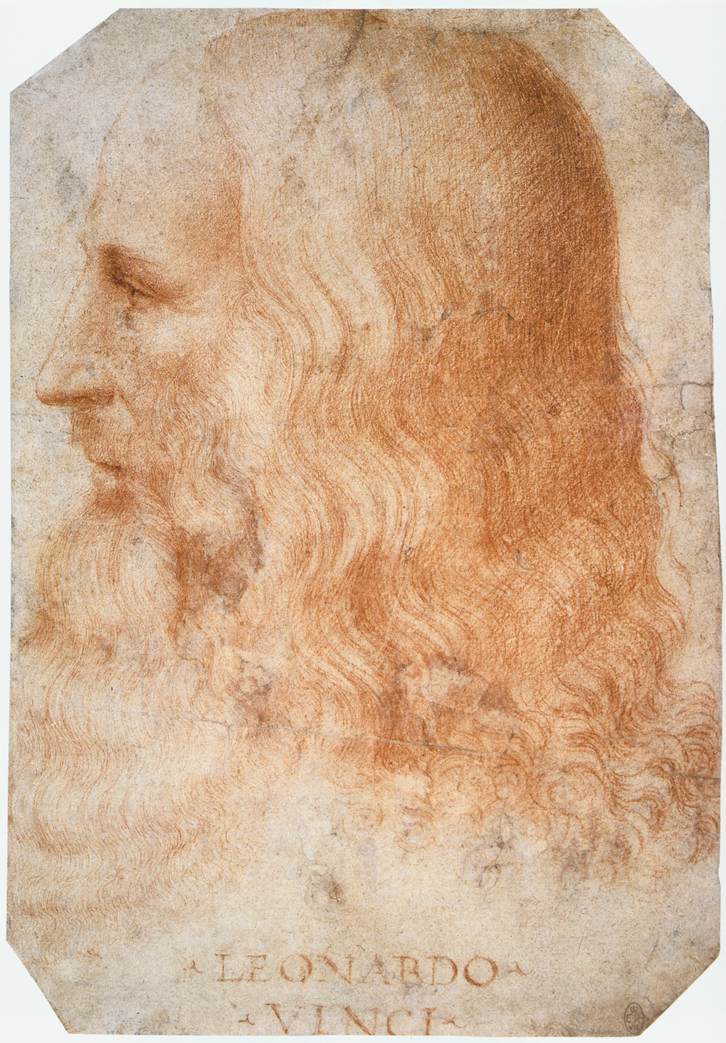
“Portrait of Leonardo” by Francesco Melzi. [Public domain], via Wikimedia Commons
Many of us are list makers. Lists can help us keep our lives organized, track our goals, and provide a roadmap of ideas and desires. In the digital age, putting pen to paper, creating lists, and keeping notebooks are seeing a surprising resurgence. Just look at the bullet journal trend. But there’s one man that takes list making to another level—Leonardo Da Vinci.
As the symbol of the Renaissance Man, Da Vinci was known for bringing a notebook everywhere he went in order to put down his ideas. Da Vinci’s notebooks are an incredible window into the mind of a genius. As a painter, inventor, engineer, and scientist, he created 13,000 pages of notes to capture his creativity.
So what would a to-do list look like for Da Vinci? Robert Krulwich of NPR translated one of Leonardo Da Vinci’s lists from the early 1490s, and there was much more on his mind than walking the dog or tending to the garden. Here’s the translation, with Krulwich’s amendments in brackets:
- [Calculate] the measurement of Milan and Suburbs
- [Find] a book that treats of Milan and its churches, which is to be had at the stationer’s on the way to Cordusio
- [Discover] the measurement of Corte Vecchio (the courtyard in the duke’s palace).
- [Discover] the measurement of the castello (the duke’s palace itself)
- Get the master of arithmetic to show you how to square a triangle.
- Get Messer Fazio (a professor of medicine and law in Pavia) to show you about proportion.
- Get the Brera Friar (at the Benedictine Monastery to Milan) to show you De Ponderibus (a medieval text on mechanics)
- [Talk to] Giannino, the Bombardier, re. the means by which the tower of Ferrara is walled without loopholes (no one really knows what Da Vinci meant by this)
- Ask Benedetto Potinari (A Florentine Merchant) by what means they go on ice in Flanders
- Draw Milan
- Ask Maestro Antonio how mortars are positioned on bastions by day or night.
- [Examine] the Crossbow of Mastro Giannetto
- Find a master of hydraulics and get him to tell you how to repair a lock, canal and mill in the Lombard manner
- [Ask about] the measurement of the sun promised me by Maestro Giovanni Francese
- Try to get Vitolone (the medieval author of a text on optics), which is in the Library at Pavia, which deals with the mathematic.
Da Vinci’s list demonstrates just how curious he was, whether learning about astronomy or how to ice skate. It’s also refreshing to see that Da Vinci was open to others and often gave himself over to experts in order to educate himself. For a man who casually dropped abstract goals like “Draw Milan,” the list also shows his more scientific self. Much of the list is dedicated to mathematics and measurements, which surely translate into his artwork. Known for his mastery of triangular composition in his paintings, it’s no surprise he’d want to know “how to square a triangle” or learn more about proportion.
What’s most inspiring is that Da Vinci didn’t limit himself. Giving into the Renaissance philosophy that art and science were complementary fields—not separate—Da Vinci allowed himself to be a sponge. And by soaking in all the knowledge around him, he was able to express himself through his visionary work. This is surely a lesson we should all remember.
h/t: [Open Culture]
Related Articles:
The Significance of Leonardo da Vinci’s Famous “Vitruvian Man” Drawing
The History and Legacy of Leonardo da Vinci’s Mysterious “Mona Lisa”
New Leonardo da Vinci Drawing Is Discovered And It’s Worth $16 Million
